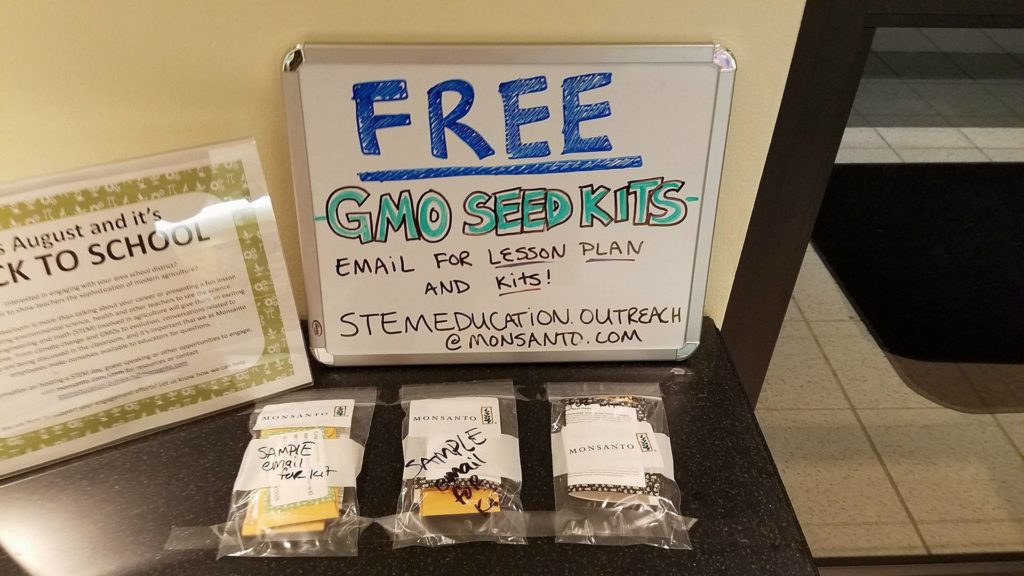
The old paradigm was a battle between civil society (us) and the food industry (them). On both sides were agricultural scientists, playing an active role in both advocacy, and practical matters like plant breeding and food science.
I think many people are still thinking in this way, but the situation has become a lot more complex in the last few years. I posted the other day about the Convention on Biodiversity (CBD), which is the privatization of biodiversity. This has really changed the playing field quite a bit.

The new paradigm looks something like this. Agricultural scientists no longer work on behalf of the food industry or civil society, but rather via the social studies academics.
I have posted before about the mechanism of fake news. Beyond fake news, the academics in this paradigm are actually involved in rewriting history as well as designing future societies for us to live in. Here in the Netherlands for example is the International Institute of Social Studies (http://iss.nl) in The Hague, and the associated publication The Journal of Peasant Studies. They continue to be active in a very distorted version of Dutch history, especially surrounding WWII, and they promote a very racist version of Dutch society in which only white Dutch people are entitled to make decisions and have valid opinions. They are actively researching and analyzing culture and traditions surrounding traditional agriculture, and are working to impose their own version of this on society at large.
Social studies academics and wealthy families have been working in the background for a number of years, taking over civil society organizations like The Seed Savers Exchange in the US, activist organizations in Europe and elsewhere like Greenpeace or Friends of the Earth, even creating new organizations like Open Source Seed Initiative (OSSI). Their goal is to make it impossible for any independent organization to exist that might challenge their goals. Backing them is the unlimited funding of the world’s wealthiest 1%.
One of the most common type of NGO I encounter is one that claims to have a particular goal, but in fact is working in the opposite direction. For example, recently I posted about fake news and mentioned a US organization from the 1980’s called Partnership for a Drug Free America. While they claimed to be against drugs, this wasn’t true. In fact we now know they were funded by the tobacco and alcohol companies, and their goal was to get young people to stop using illegal drugs and instead use legal ones.
One organization like this is Corporate Europe Observatory (CEO, http://corporateeurope.org/) whose stated goal is “is a research and campaign group working to expose and challenge the privileged access and influence enjoyed by corporations and their lobby groups in EU policy making.” You can imagine what the opposite of this is. In fact they are a well funded organization that offers their services to the highest bidder. Financial disclosures on the Internet suggest they turnover about €5 million per year, and this clearly isn’t helping society at large. In fact much of this money goes into lobby efforts which support Europe’s wealthy families, as well as NGOs like Greenpeace which promote a very perverse sense of what’s normal in society. By having such a stated goal, and virtually unlimited funds, they can keep out any organization that may truly have these goals. They also have access to politicians ostensibly to lobby for their stated goal, but behind the scenes they can have private meetings with politicians where different ideas are expressed.
Because the social studies academics have virtually unlimited funds, in fact they and some of their partner organizations and groups are employers and other sources of funding for many well intentioned activists and others who work with biodiversity. Actually, I hardly know anyone working in biodiversity who isn’t financially dependent on this part of the new paradigm.
What’s also happening is things are going wrong at many levels. I mentioned some of these in my recent post on CBD. Until recently many of the social studies academics and wealthy families were working quietly behind the scenes. Because things are going wrong, many of them are coming out in a more visible way, in order to take charge and try to get things working again.


